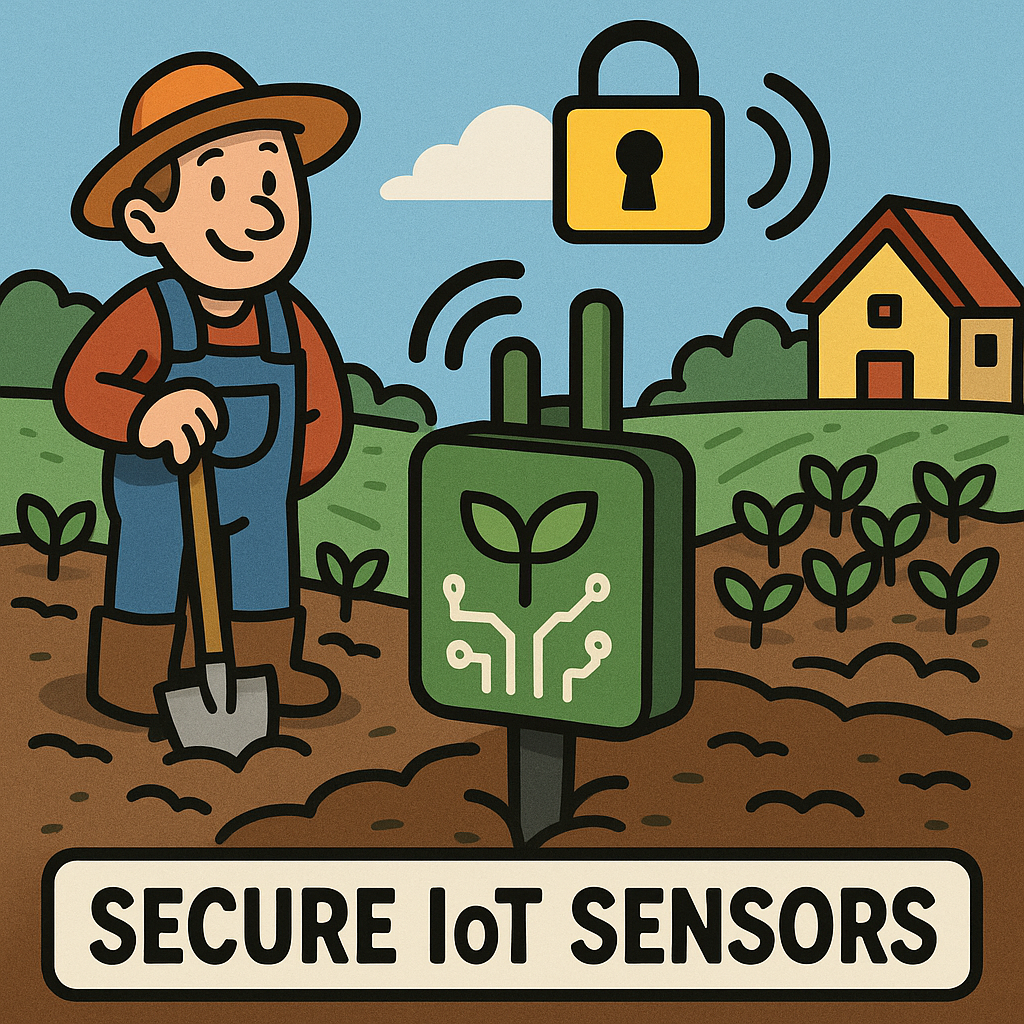Understanding Hardware Root-of-Trust in IoT Agricultural Sensors
In the rapidly evolving landscape of IoT (Internet of Things), ensuring the security of data transmission in low-power agricultural sensors is paramount. These sensors, often deployed in remote and rugged environments, collect critical data related to soil moisture, temperature, and crop health. The integrity and confidentiality of this data are essential not only for farmers but also for the entire agricultural supply chain. This is where the concept of a hardware root-of-trust (RoT) comes into play.
What is Hardware Root-of-Trust?
Hardware root-of-trust refers to a set of security features built directly into the hardware of a device, providing a foundation upon which secure communication can be established. For our low-power agricultural sensors, this entails incorporating a secure element (SE) or a trusted platform module (TPM) capable of cryptographic operations.
The RoT ensures that the firmware running on the sensor is authentic and has not been tampered with. It does this through a process called attestation, where the hardware verifies the integrity of the firmware before it is allowed to execute. This is crucial, as any compromise in firmware could lead to unauthorized access to sensitive data.
Design Trade-offs in Low-Power Environments
Implementing a RoT in low-power IoT sensors presents unique challenges. One major consideration is power consumption. Traditional cryptographic operations can be resource-intensive, which is problematic for battery-operated devices. For instance, while AES encryption is robust, it may not be feasible in terms of energy usage for continuous data transmission.
To address this, we leverage lightweight cryptographic algorithms optimized for low-power applications, such as ChaCha20 for encryption and Ed25519 for digital signatures. These algorithms are designed to provide strong security while minimizing the energy footprint. Additionally, the use of hardware acceleration for cryptographic functions can significantly reduce the processing time and power consumption, making it a viable solution for our sensors.
Challenges in Firmware Implementation and Security Management
Even with a solid hardware root-of-trust, challenges abound in the firmware implementation process. One of the primary concerns is secure firmware updates. Over-the-air (OTA) updates are essential for maintaining the security and functionality of IoT devices, but they introduce risks if not handled correctly.
To mitigate these risks, a secure update mechanism is implemented where the new firmware is signed with a private key stored in the secure element. The sensor’s RoT verifies this signature before allowing the firmware to be installed. This ensures that only authorized firmware can be executed, thus protecting against malicious updates.
Real-World Application and Future Considerations
In practice, integrating hardware RoT into agricultural sensors involves collaboration between hardware engineers, firmware developers, and security experts. For instance, during the prototyping phase, we must balance the choice of components to ensure compatibility with our security protocols while maintaining cost-effectiveness.
Furthermore, as the landscape of IoT security evolves, staying ahead of potential vulnerabilities is critical. Implementing a robust hardware root-of-trust is just the beginning. Continuous monitoring and adaptive security measures will be necessary to defend against emerging threats, especially in agricultural environments where sensors are often exposed to physical tampering.
Selected Case Studies: Successes and Lessons Learned
Several projects have successfully implemented hardware RoT in agricultural sensors. For instance, a pilot project utilizing a combination of secure elements and lightweight cryptography demonstrated a significant reduction in unauthorized access attempts. The solution not only secured data transmission but also provided insights into environmental changes, enhancing decision-making for farmers.
However, these implementations have also highlighted the importance of user education regarding security best practices. Farmers must understand the significance of firmware security and the potential risks involved with insecure devices.



